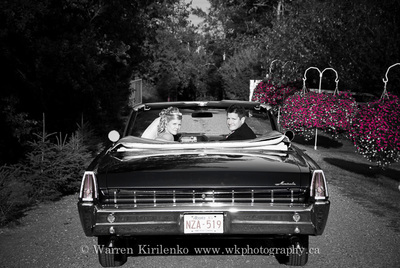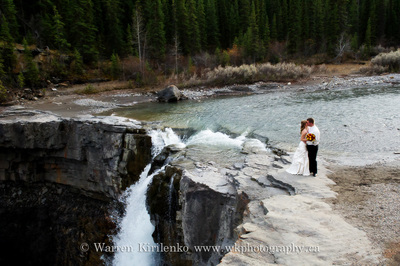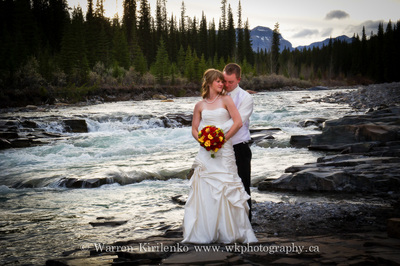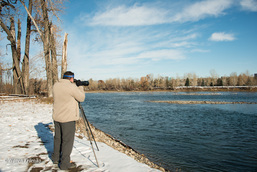
This past week in Calgary saw many cloudy days, and when the sun finally appeared today I couldn't resist heading outside for a walk to enjoy some much-needed rays. I thought this little stroll would be a great opportunity to test out a Sigma 105-500mm lens that has been collecting a lot of dust since early summer.
This lens has a great telephoto range that makes nature photography a bit easier - as compared to having a 400mm, 500mm, or 600mm prime lens - as the zoom can come in handy. Compared to Nikon lenses it feels light and just not as solid as what I am used to, but the proof of the pudding is in the eating. The prime advantage of the Sigma over the Nikon is price: the current price for Nikon's 300mm f2.8 is $5450.00, for the 400mm f2.8 it is $8400.00 and for the 500mm f4 it is $8039.00. Nikon's zoom lenses reach a maximum range of 400mm and the current prices for Nikon's zoom options are: 200-400mm f4 is $6300.00, 80-400mm f4.5-5.6 is $1500.00, and a 28-300mm is $999.00. Unfortunately, the only option for a 500mm range from Nikon is the 500mm prime, which sells for $8039.00. The Sigma 150-500mm is currently selling for $1120.00. It is tricky to compare apples to apples here, as Sigma and Nikon are offering different lenses made with different plastics, metals, and glass. But the Sigma is a very useable lens and it is a great option for those who do not want to spend 8k on a 500mm lens. The Sigma lens's performance and optics definitely drop at the 500mm range and it seems to stay pretty sharp up to the 400 to 450mm range. The autofocus with Sigma's stabilizer was fast and precise when used with my Nikon D4's 3-D tracking. I think it is a great lens for the price, and I will continue to use it for those times when I want a zoom lens that offers range. If you have the money to spend and you need or want the best, then I would suggest the Nikon Prime 400mm or 500mm lens; otherwise the Sigma 105-500mm lens is a worthy alternative. The following photos are samples that I took from this morning's walk. I was impressed with the lens's ability to quickly focus on the water droplets from the melting snow as seen in the last photo.
This lens has a great telephoto range that makes nature photography a bit easier - as compared to having a 400mm, 500mm, or 600mm prime lens - as the zoom can come in handy. Compared to Nikon lenses it feels light and just not as solid as what I am used to, but the proof of the pudding is in the eating. The prime advantage of the Sigma over the Nikon is price: the current price for Nikon's 300mm f2.8 is $5450.00, for the 400mm f2.8 it is $8400.00 and for the 500mm f4 it is $8039.00. Nikon's zoom lenses reach a maximum range of 400mm and the current prices for Nikon's zoom options are: 200-400mm f4 is $6300.00, 80-400mm f4.5-5.6 is $1500.00, and a 28-300mm is $999.00. Unfortunately, the only option for a 500mm range from Nikon is the 500mm prime, which sells for $8039.00. The Sigma 150-500mm is currently selling for $1120.00. It is tricky to compare apples to apples here, as Sigma and Nikon are offering different lenses made with different plastics, metals, and glass. But the Sigma is a very useable lens and it is a great option for those who do not want to spend 8k on a 500mm lens. The Sigma lens's performance and optics definitely drop at the 500mm range and it seems to stay pretty sharp up to the 400 to 450mm range. The autofocus with Sigma's stabilizer was fast and precise when used with my Nikon D4's 3-D tracking. I think it is a great lens for the price, and I will continue to use it for those times when I want a zoom lens that offers range. If you have the money to spend and you need or want the best, then I would suggest the Nikon Prime 400mm or 500mm lens; otherwise the Sigma 105-500mm lens is a worthy alternative. The following photos are samples that I took from this morning's walk. I was impressed with the lens's ability to quickly focus on the water droplets from the melting snow as seen in the last photo.
Video Footage, 500mm @ 200 iso, f16 @ 1/60sec |


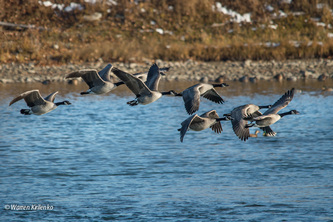

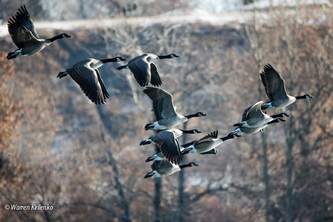





 RSS Feed
RSS Feed
